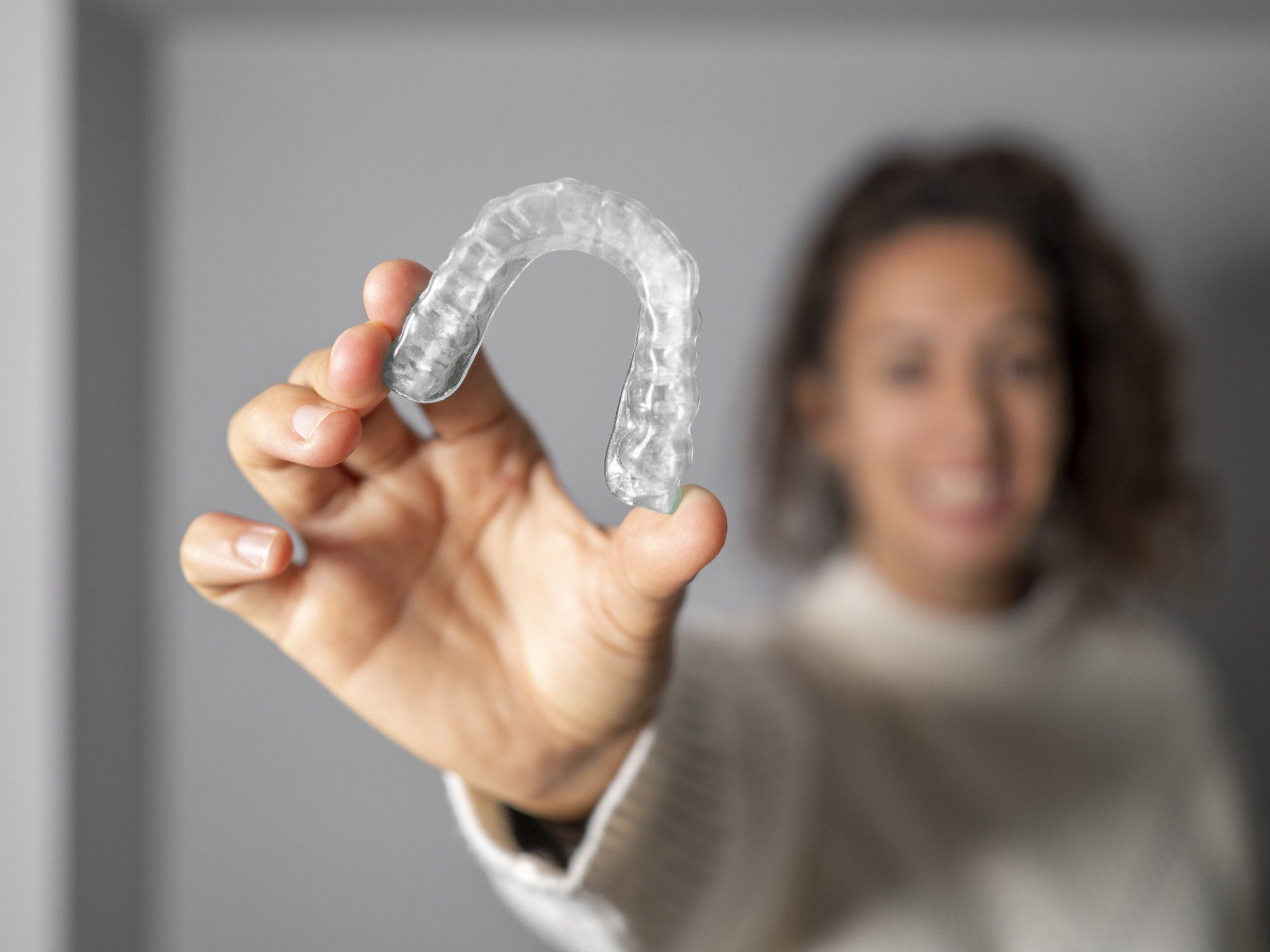Total Dentistry welcomes our new practice additions of:
- SUTTON LAKE DENTAL
- STREAMWOOD FAMILY DENTAL
- DR. MARK PUSATERI INTO OUR DENTAL FAMILY.
Answers to Your Questions About Dental Enamel

Your teeth are made from the hardest tissue found in the human body — enamel. But this doesn't mean enamel is impenetrable. Take a look at what you need to know about the pearly white outer coating of your teeth, how it protects your mouth, and the top ways to maintain your dental enamel.
What Makes Up a Tooth?
Your teeth are more than solid little squares. This part of your mouth is made from four types of dental tissues. According to the American Dental Association (ADA), these tissues include the enamel, dentin, cementum, and pulp. Enamel is the outermost layer of tissue that is visible when you smile. As the hardest tissue in your body, enamel is stronger than your bones.
Dentin sits under the enamel. This naturally yellowish tissue contains microscopic hollow tubes. Exposed dentin can make teeth look dull or discolored. It can also cause hot, cold, or sweet sensitivity.
The pulp is a soft tissue inside of the tooth. Pulp lies under both the enamel and dentin layers and contains nerves and blood vessels.
Unlike pulp, cementum is a hard tissue. This connective tissue is attached to the root, making it a below-the-surface dental structure.
Why Is Enamel Important?
Every part of each tooth is important. However, dental enamel plays a primary role in your mouth's health. Without enamel, your teeth are at risk for serious infections and decay. This hard outer shell gives the teeth a characteristic pearly look. But that isn't all — it also protects the dentin and pulp from damage and stops temperature- and sweet-related sensitivity.
How Does Enamel Erode?
Sugary, starchy, or acidic foods and beverages can cause enamel erosion. Along with what you eat and drink, chronic gastric acid reflux, reduced saliva, some types of medications (including antihistamines), some hereditary disorders, and physical impact (from teeth grinding behaviors) can wear down the protective outer layer of your teeth.
What Happens When Enamel Erodes?
Enamel erosion leaves holes in the exterior of your teeth. This allows the dentin to poke through. Visible dentin is yellow. Again, this leaves your teeth with discoloration that you can't reverse with at-home whitening products. The hollow tubes in the dentin give hot, cold, or excessively sweet foods and drinks a direct line to the nerves inside of your teeth. The result is increased sensitivity.
Worn enamel also allows bacteria and their byproducts to invade your teeth. This can cause dental cavities and pockets of infection. Over time this can lead to tooth loss and even more severe oral and general illness.
How Can You Prevent Enamel Erosion?
Avoid foods and drinks that are known to wear away this outer layer. These include hard or sticky candies, white bread, fruit juices, soda, and acidic fruits. Proper at-home care, such as brushing and flossing, and regular trips to the dentist for an in-office cleaning can also reduce the risks of enamel erosion.
How Can You Regrow Enamel?
You can't regrow enamel or reverse erosion. This type of dental tissue is not made from living cells. Without living cells, enamel can't repair itself. Even though you can't grow new enamel, you can treat erosion.
How Can You Treat Dental Enamel Erosion?
Erosion isn't something you can treat with toothpaste or other product for at-home use. If you have significant erosion the dentist may need to use a tooth-colored resin to bond your teeth. This can create a smooth, pearly white surface that protects the underlying dentin. Advanced erosion may require the use of a dental crown or veneers to completely cover the affected tooth.
Do you have more questions about enamel and erosion? Contact Total Dentistry for more information.










